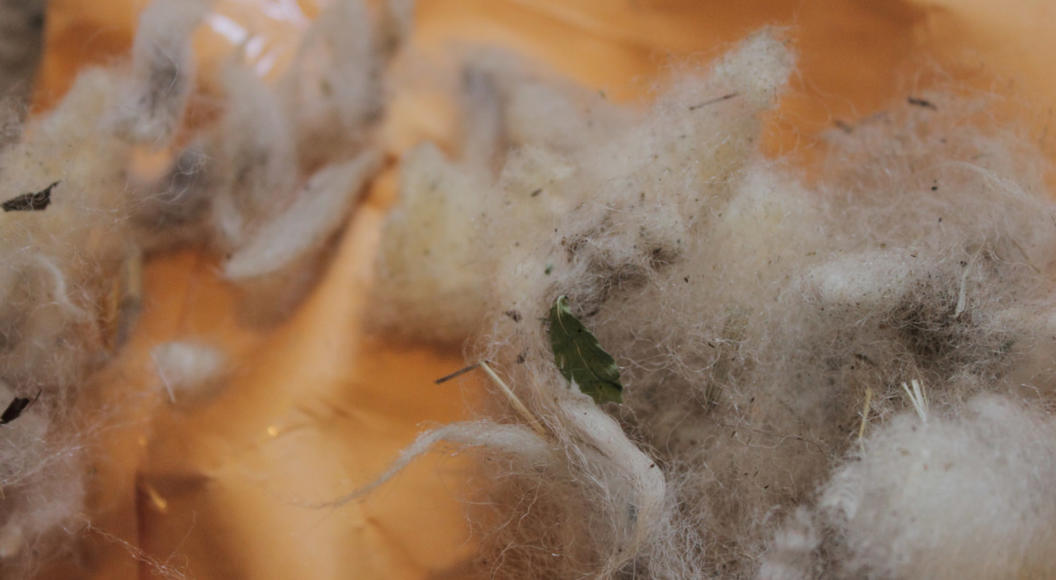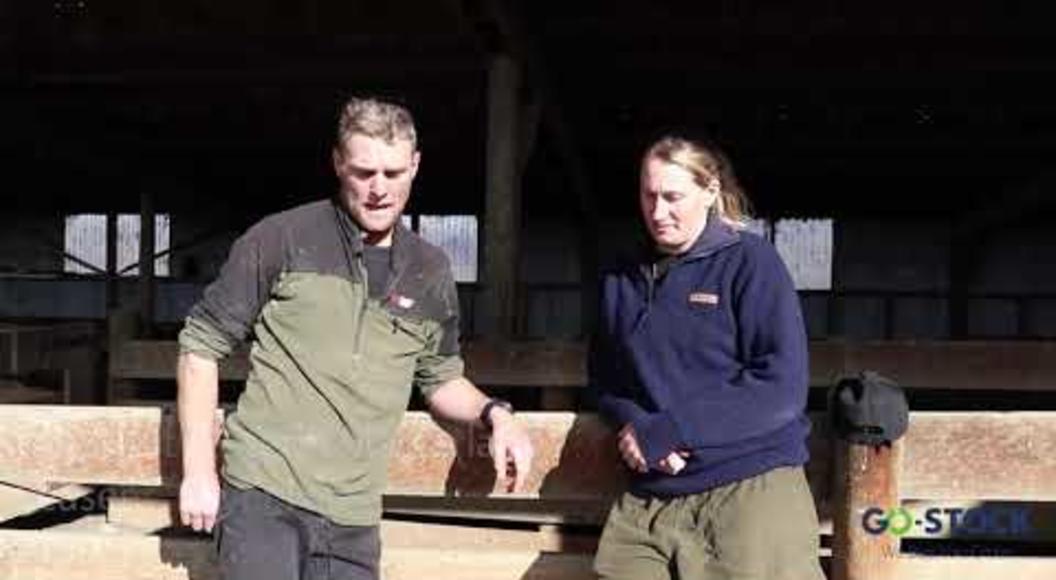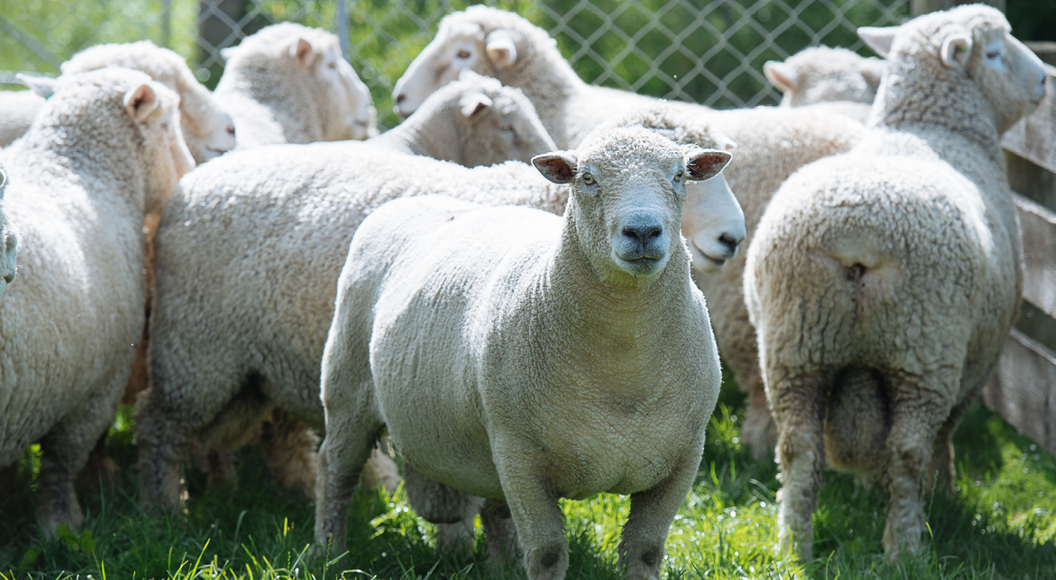Pre-lamb vaccination matters
Clostridial bacteria are everywhere, including on your farm and in your animals.
Lambs are born with a low number of antibodies and rely on antibodies in the ewe’s colostrum for protection against clostridial diseases including pulpy kidney and tetanus. In most cases, it is difficult to ensure that every newborn lamb gets sufficient amounts of fresh colostrum within the first few hours of life. So, your goal becomes maximising the concentration of antibodies in this colostrum, something you can control with a good pre-lamb vaccination programme.
The gut of the newborn lamb is best at absorbing these antibodies within the first 6 to 12 hours of life. Ideally lambs should get 50 mls per kilogram of liveweight of colostrum within the first two hours of birth, and another 200 mls per kilogram of liveweight in the next 12 to 18 hours¹. For an average four kilogram lamb, this equates to 1 L of colostrum within the first day of life and as early as possible after birth.
There are three aspects to getting your pre-lamb programme right:
- Timing: It is about stimulating the ewe at the right time so her antibody levels peak when she is forming her colostrum. Ideally this is about two weeks ahead of lambing, but different farms have different management systems and lambing spread varies, so the flexibility to vaccinate earlier can be important. Remember, not every ewe lambs on the first day of lambing.
- Vaccine: The choice of vaccine used can influence how many antibodies are available to go into the ewe’s colostrum. How much is sufficient can vary depending on whether the ewe has one, two or three lambs suckling, and how much disease challenge a lamb may face. Immediately after birth, the udder only contains 1 to 1.5 L of colostrum, so if this is shared by twins or triplets the volume is divided and there are fewer antibodies(and a lower volume) present for each lamb to drink.
- General wellbeing: Ewes that are in poor condition, parasitised or under severe feed stress at the time of vaccinationdo not have the energy to form many antibodies or enough quality colostrum. Making sure ewes are in good condition over the late pregnancy period is directly linked to the success of your pre-lamb programme.
If your flock has a higher number of multiple bearing ewes, or you vaccinate earlier (for example, to reduce the likelihood of sleepy sickness), or you want longer protection of lambs (up to fourmonths) to reduce losses through until weaning, then NILVAX® would be a preferable choice for your farm. NILVAX is the specialist pre-lamb vaccine, formulated with a powerful 5-in-1 plus an immune booster.
If it is convenient to vaccinate the flock two weeks ahead of lambing, and you have a large number of single bearing ewes, then a pre-lamb 5-in-1 vaccine like MULTINE® or MULTINE B12® is suitable. It gives a good antibody response, and when used closerto lambing (two to four weeks), provides protection for the lambsfor up to three months. For advice planning your pre-lamb programme, contact yourlocal PGG Wrightson Technical Field Representative.
SUPPLIED BY MSD ANIMAL HEALTH
¹S.Peterson et al. Grazing behaviour and milk available for twins and triplets, NZ Society of Animal Production, 2006


